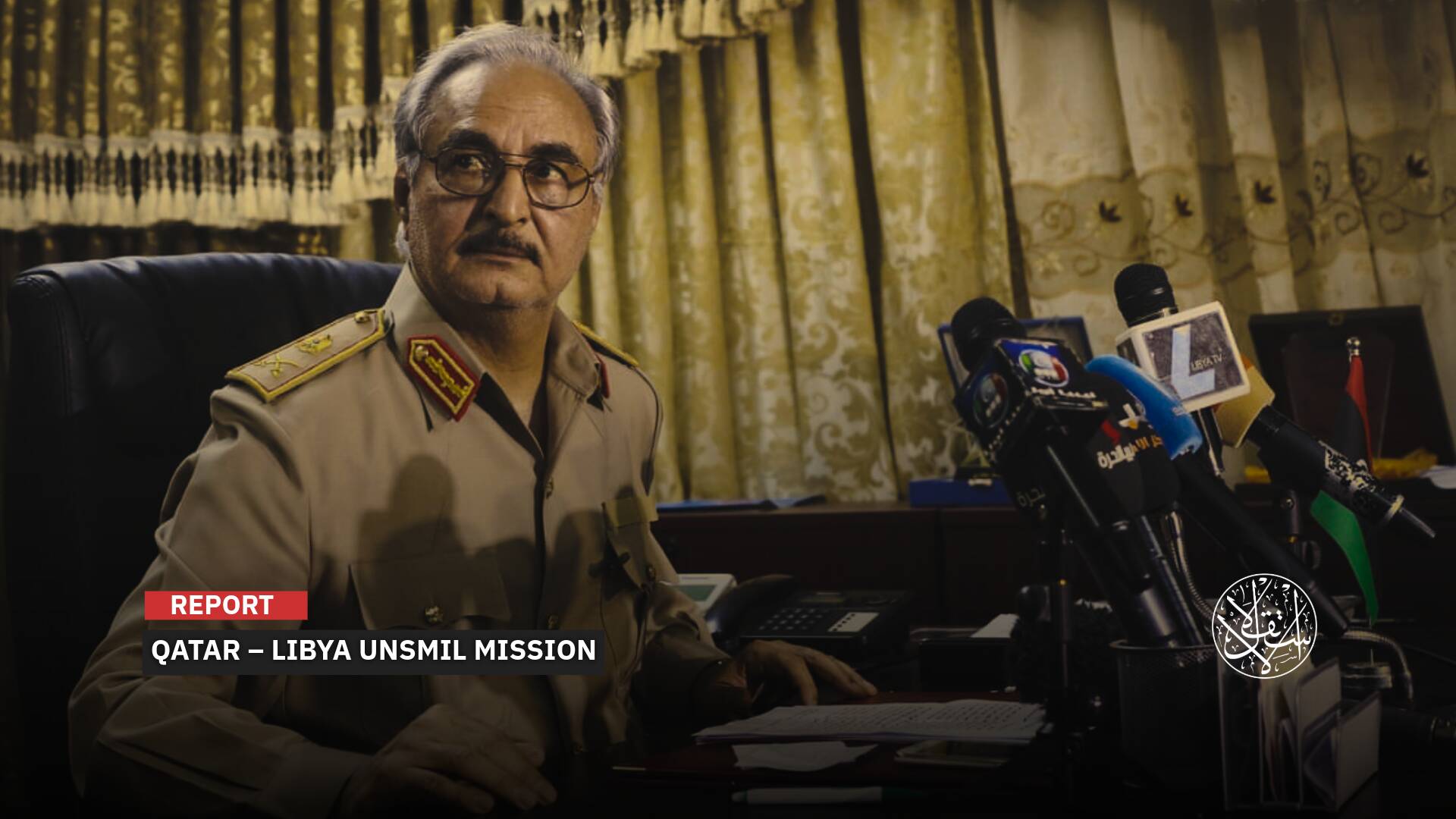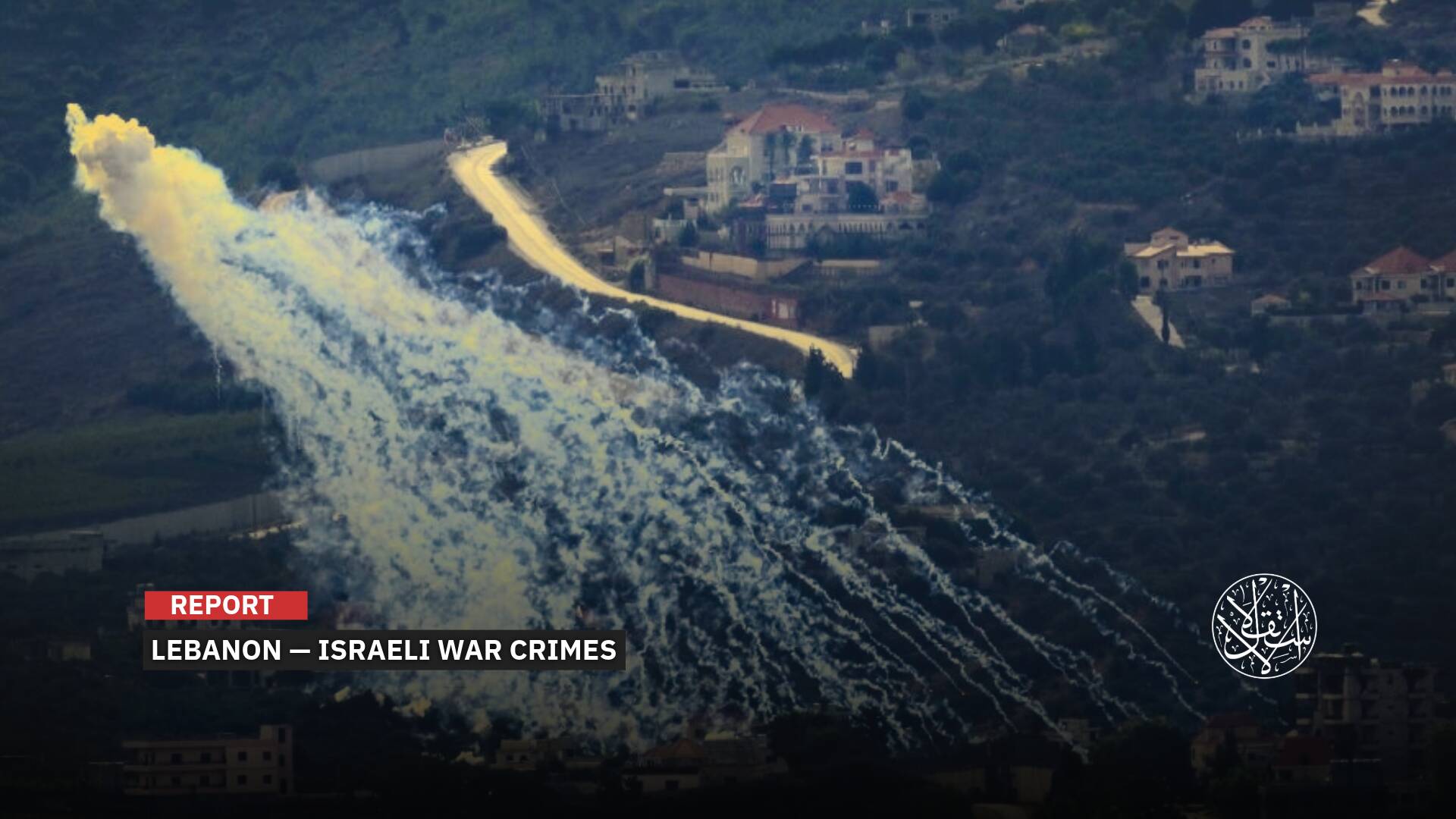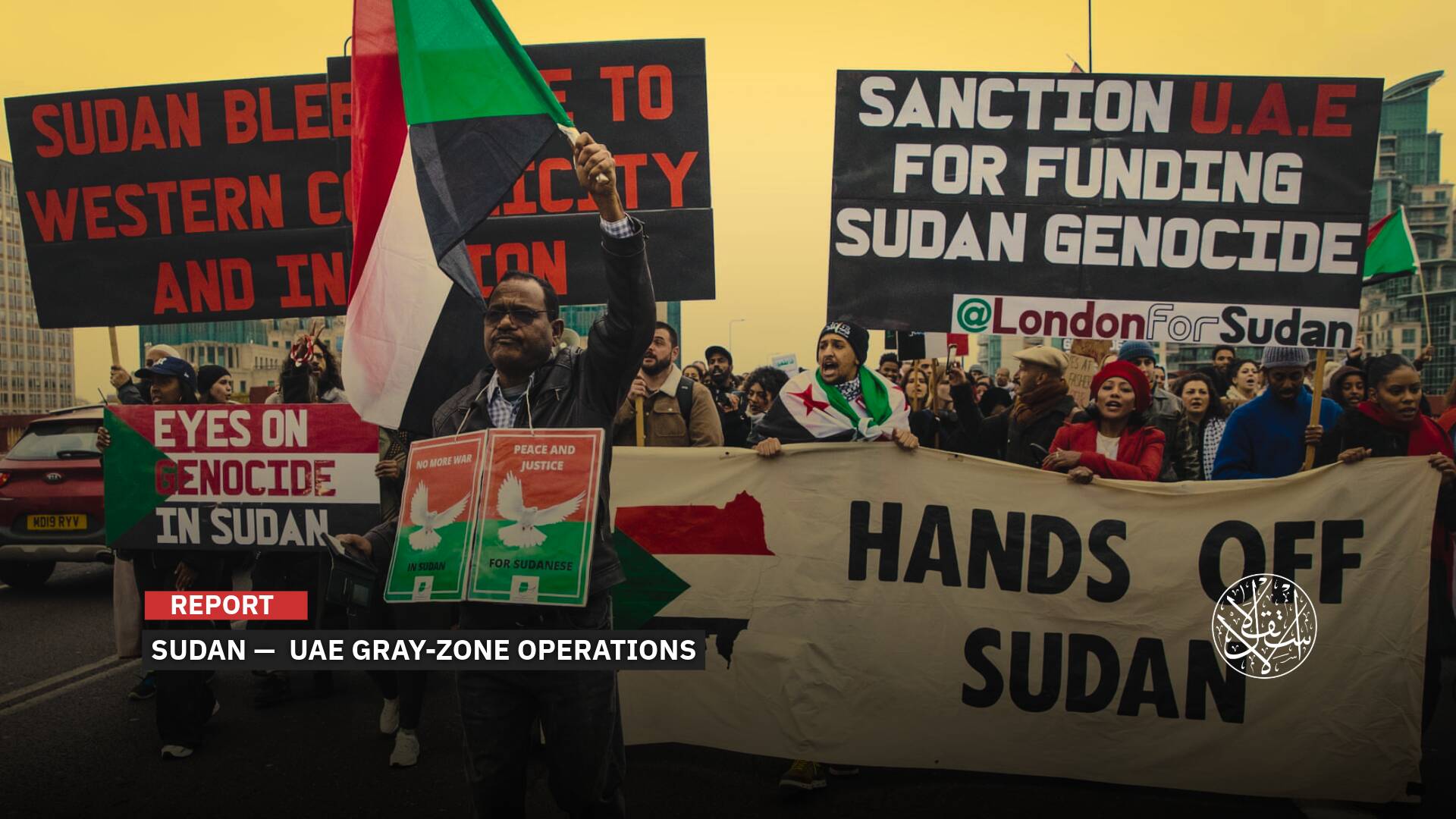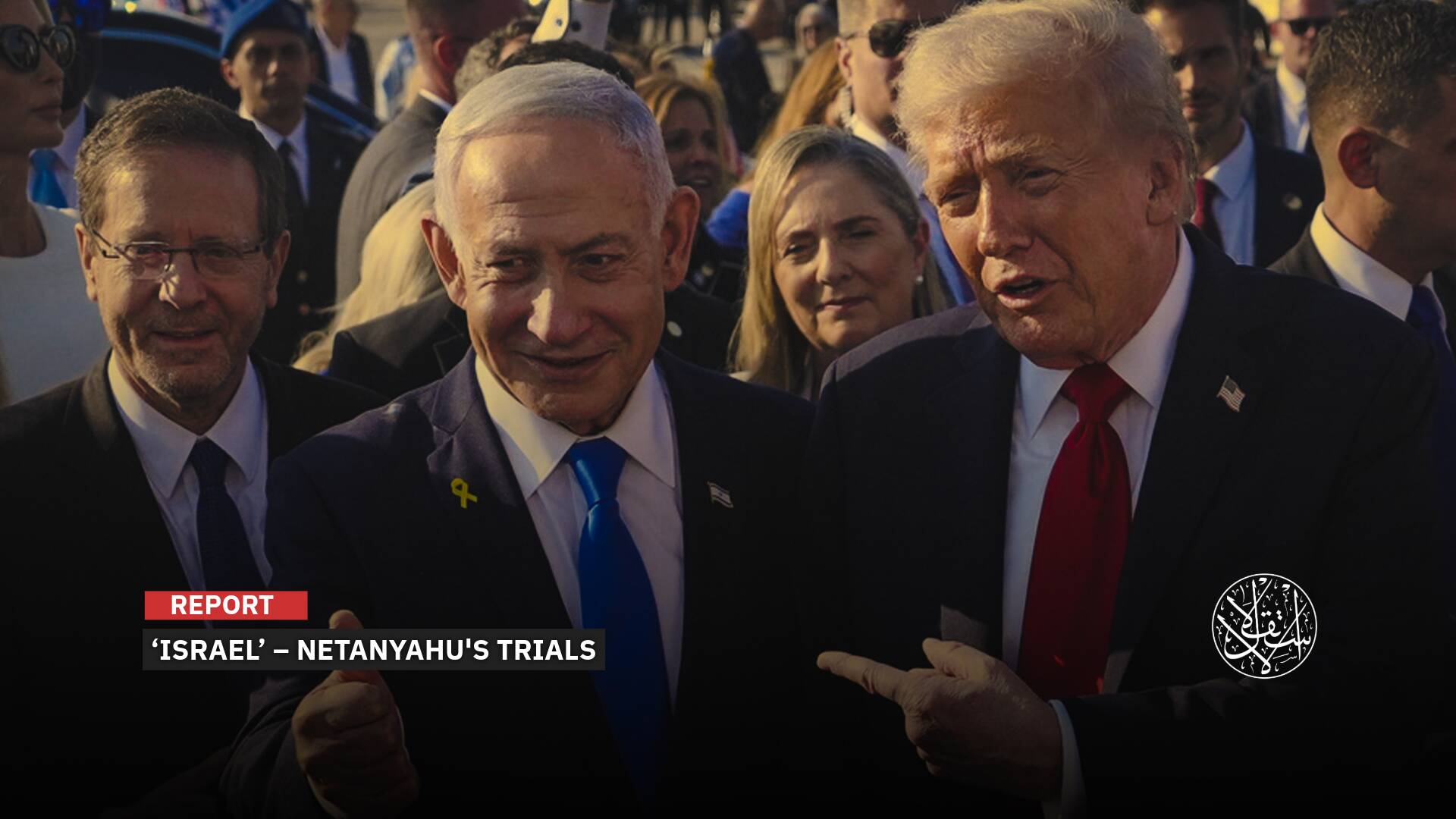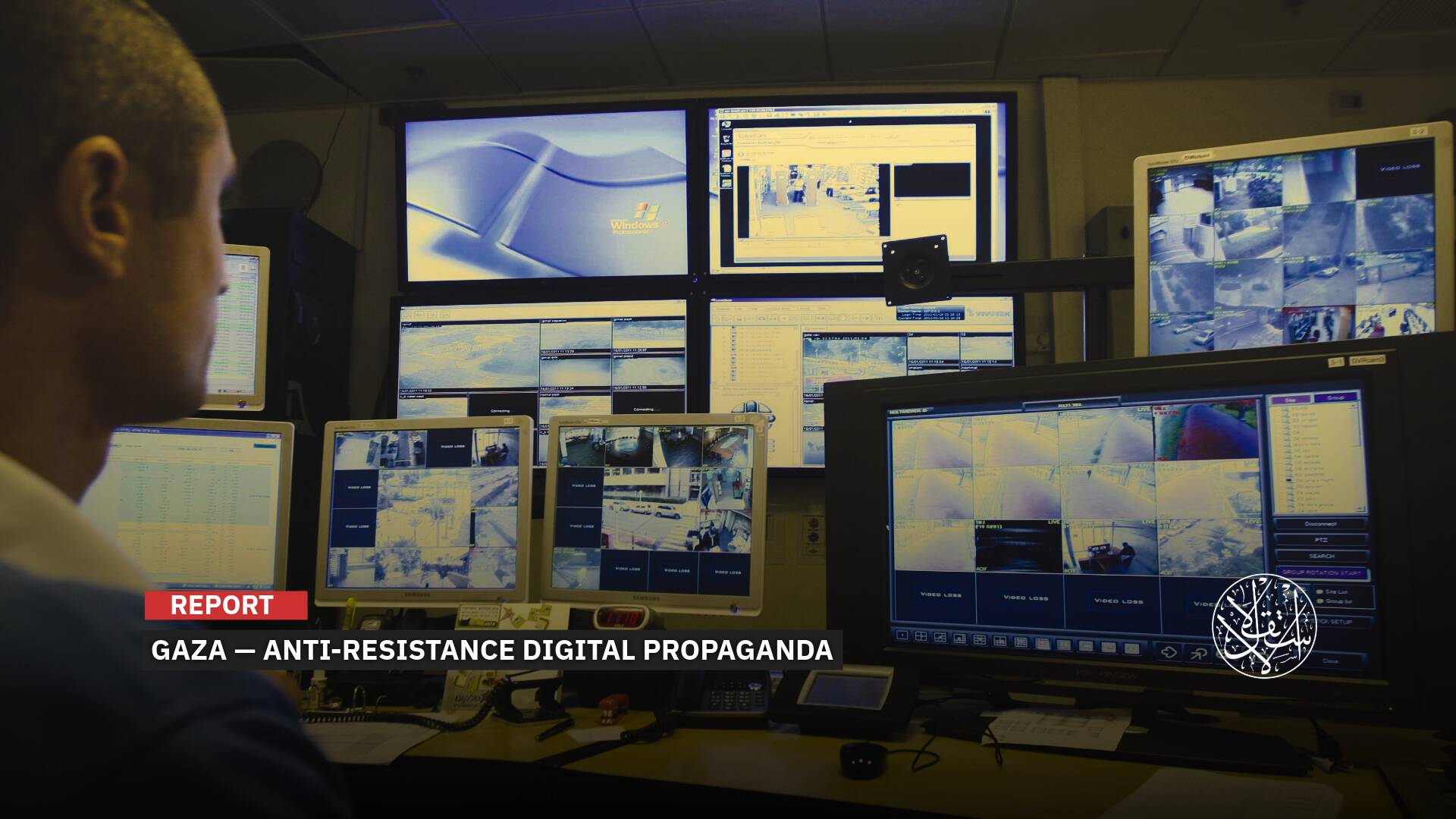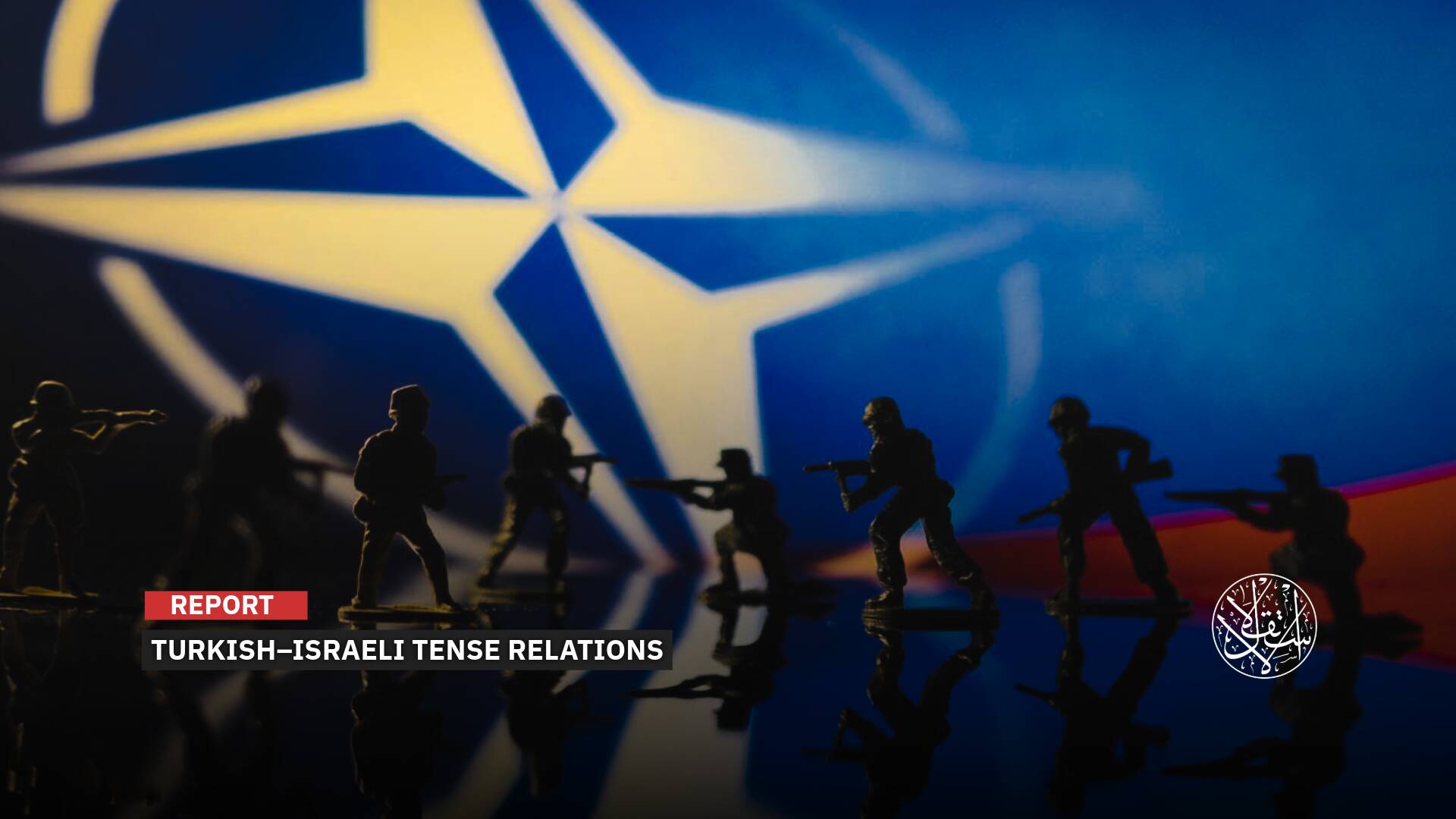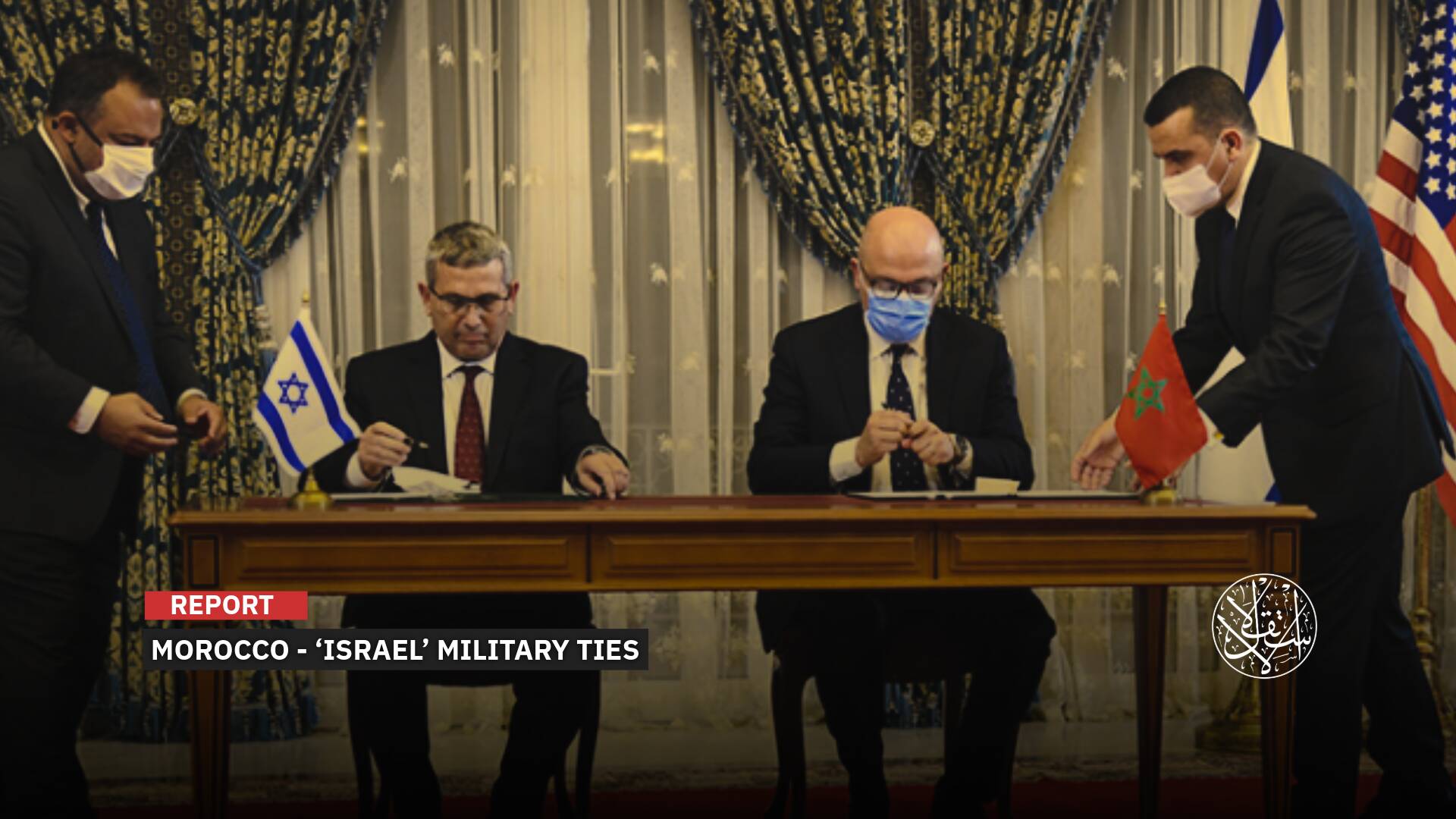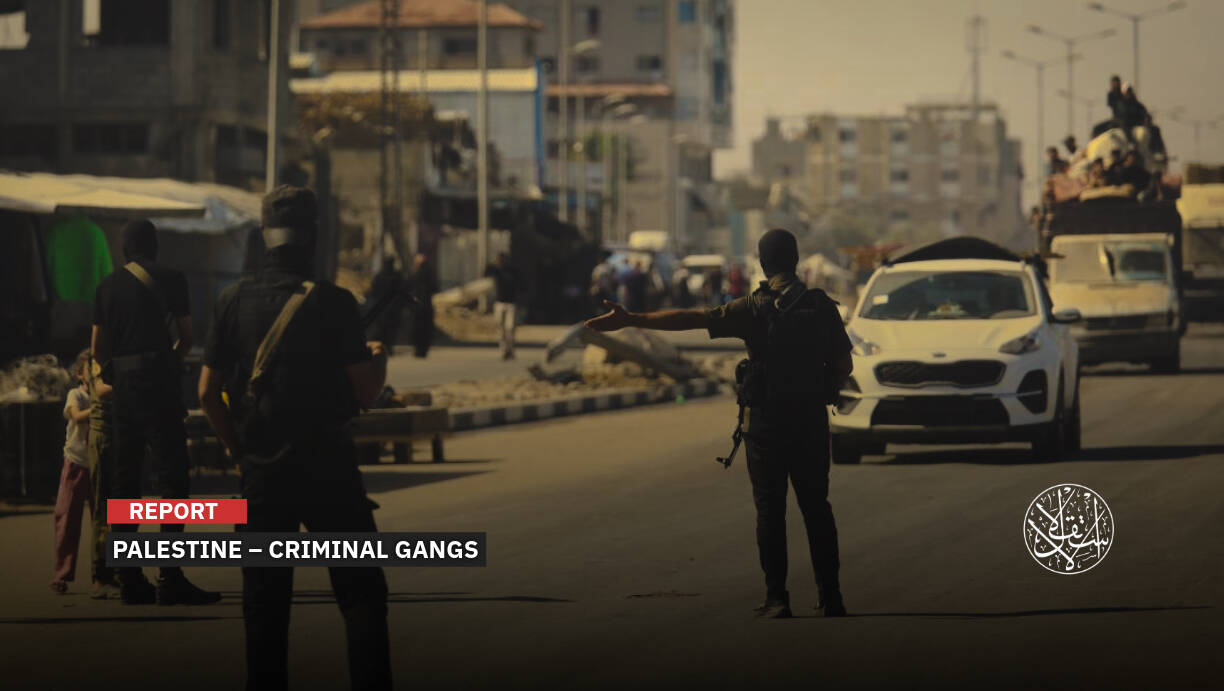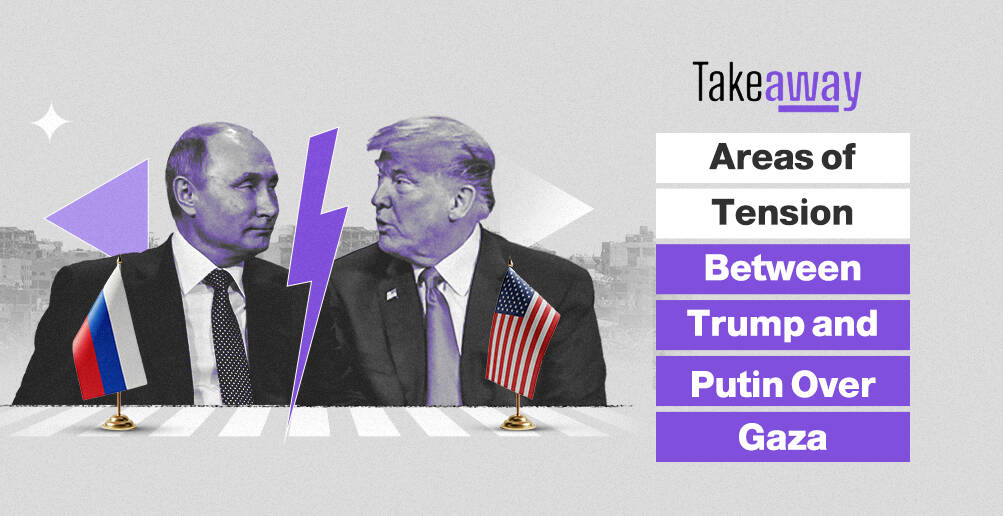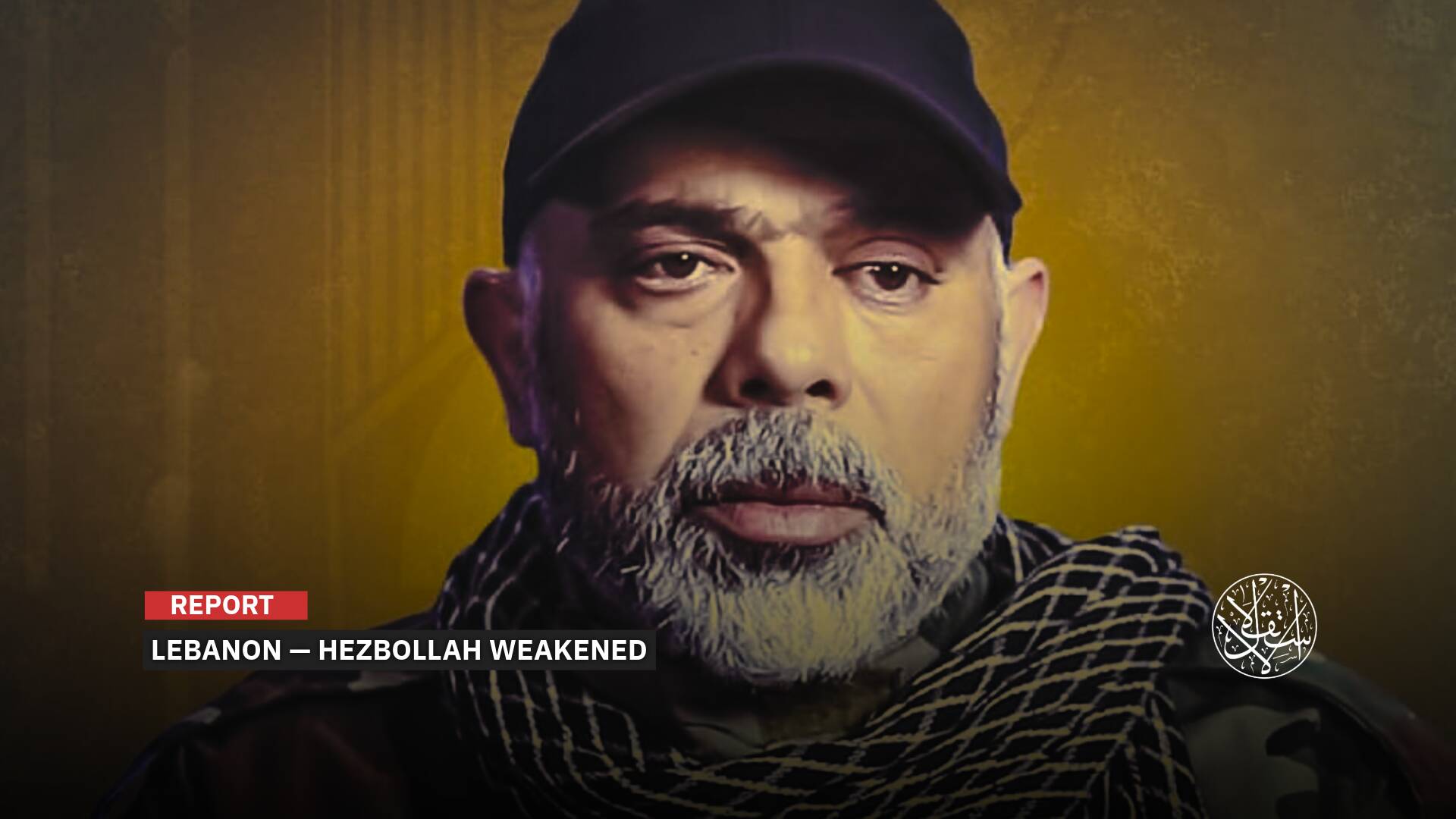Arab League Summit Endorses Gaza Reconstruction Plan Amid Unresolved Issues

The Arab summit took a middle-ground stance.
While the Palestinian resistance movement Hamas welcomed Egypt’s plan to rebuild Gaza—endorsed by the Arab League summit in Cairo on March 4, 2025—"Israel" and the United States swiftly and dismissively rejected it.
The immediate U.S.-Israeli opposition, coupled with the conspicuous absence of eight Arab leaders from the summit—including Saudi Arabia and the UAE, seemingly anticipating the backlash—raises pressing questions: What comes next? And what is the fate of the Arab plan for Gaza?
Uncertainty deepened as U.S. President Donald Trump escalated tensions, threatening not just Hamas but all Gazans with death should they fail to release Israeli captives. Meanwhile, life in Gaza grew ever more dire, with "Israel" barring food supplies from entering the enclave during the holy month of Ramadan.
At the same time, Israeli preparations to forcibly displace Gazans intensified, with reports from Israel Hayom on March 6, 2025 indicating plans to expel 2,500 people per day under the guise of implementing Trump’s so-called resettlement plan.
The Egyptian proposal, presented at the Arab League summit as an alternative to Trump’s vision of turning Gaza into the “Middle East Riviera,” was meant to offer a different path.
Yet, while the Arab plan was officially adopted, it left key questions unanswered—most crucially, who would fund the reconstruction effort, and whether Hamas would be disarmed or its leadership removed from power.
Hamas and the Zionists
Hamas welcomed the outcomes of the Arab League summit, stating, “We welcome the plan to rebuild Gaza.” The movement hailed the summit as “a significant step in advancing Arab and Islamic solidarity with the just Palestinian cause.”
Hamas also framed the gathering as evidence of “a unified Arab stance against the occupation’s attempts to displace our people and erase their national identity.”
The group further stressed that “the Palestinian Nakba [the mass displacement and dispossession of Palestinians] will not be repeated in the face of a firm Arab position.”
Hamas also viewed the summit’s call for the enemy to uphold the agreed Gaza ceasefire as “a political endorsement of the Palestinian people and a form of pressure on the occupation to prevent it from altering or derailing the agreement.”
The movement urged Arab states to “force the criminal enemy to implement the deal’s terms, allow the entry of aid, relief, and shelter, and push forward with the second phase of negotiations.” It also called for “firm action to confront the occupation’s violations at al-Aqsa Mosque.”
However, Hamas’s statement notably avoided addressing a key implication of the Arab plan—one that aligns with U.S. and Israeli demands—for the group’s removal from Gaza and the disarmament of the resistance.

While Hamas welcomed the Arab League’s adoption of the Gaza reconstruction plan, "Israel" lashed out at the summit’s final communique, accusing Arab states of ignoring “the post-October 7 reality”—a veiled reference to Trump’s controversial plans to expel Palestinians, which his administration has branded as “Trump’s opportunity” for Gaza’s future.
In a strongly worded statement, the Israeli foreign ministry dismissed the summit’s conclusions as “rooted in outdated concepts, unfit for the current reality in Gaza.”
The message was clear: Arab states were being reminded that a new order—one Trump and the occupation seek to impose—was already in motion.
This “new reality” is one of Gaza’s destruction and the forced displacement of its people—a plan "Israel" has framed as “giving Gazans the opportunity to freely decide their future.”
The Israeli statement also took aim at Arab states, accusing them of “using Palestinians as human shields against Israel for 77 years while keeping them in a state of permanent refuge.”
The underlying message to Arab governments was clear: You did not intervene for the Palestinians over the past 77 years—so why now?
The White House reaffirmed Trump’s commitment to his proposal of “rebuilding Gaza without Hamas” while dismissing the Arab plan as inadequate, arguing that it “fails to address the reality that Gaza is currently uninhabitable.”
“The current proposal does not address the reality that Gaza is currently uninhabitable and residents cannot humanely live in a territory covered in debris and unexploded ordnance,” National Security Council spokesman Brian Hughes said in a statement.
Despite the fact that the U.S.-supplied bombs were responsible for Gaza’s devastation—and that the Arab plan offers concrete solutions, including modern housing and temporary accommodation in pre-built caravans, still, the White House insisted that the U.S. “looks forward to further discussions” on the matter—suggesting the door has not been entirely closed.
“President Trump stands by his vision to rebuild Gaza free from Hamas. We look forward to further talks to bring peace and prosperity to the region,” Hughes noted.
Gaza Reconstruction
“The Arab plan appears to have two layers: one public—the Egyptian proposal, which outlines the devastation in Gaza and how to rebuild it—and another, unspoken, which assumes the removal of Hamas and its weapons,” a senior Egyptian diplomat told Al-Estiklal.
The source indicated that there is a near-consensus among Egypt and the Gulf states—excluding Qatar—on linking reconstruction efforts to sidelining the resistance and stripping it of control over Gaza.
According to the diplomat, this objective aligns with the interests of "Israel," the U.S., and Arab governments wary of Hamas’s Islamist orientation, which unsettles the broader American-Israeli-Arab alliance.
While the plan offers a detailed framework, the source noted, it “reads more like an academic study or a real estate developer’s proposal for a ‘New Gaza,’” with its emphasis on “methodology, scope, and objectives.”

The plan, which Al-Estiklal obtained a copy of, is titled “Early Recovery, Reconstruction, and Development of Gaza.” Spanning 112 pages, it is projected to cost $53 billion.
The document includes AI-generated images depicting housing projects, parks, community centers, and plans for a commercial port, a tech hub, beachfront hotels, and an airport.
It proposes the formation of an independent Palestinian committee, composed of professionals and technocrats, to temporarily manage the Gaza Strip and oversee relief efforts, with a five-year timeline for reconstruction.
The Egyptian proposal begins with a recovery phase, followed by a two-year initial stage, which will see the construction of 200,000 housing units at a cost of $20 billion.
A second phase, lasting two and a half years, will focus on another 200,000 housing units, along with an airport.
The broader plan also includes the establishment of a commercial port, a tech center, and beachfront hotels.
Gaza Disarmament
The final communique of the Arab League summit contained two clauses that implicitly reject the continued presence of the resistance and its weapons in the "New Gaza."
One clause explicitly states that “the security file in Gaza must be managed by the legitimate Palestinian institutions,” signaling the transfer of Gaza to the Palestinian Authority’s control.
The second clause is more direct, declaring that “the only permissible weapon in Gaza is the legitimate weapon,” a clear reference to excluding the resistance’s arms and affirming that Gaza should be governed solely by the weapons of the "legitimate" Palestinian Authority.
A day before the summit, The Wall Street Journal reported on March 3, 2025 that Egyptian intelligence chief Hassan Rashad had asked Khalil al-Hayya, Hamas’s senior negotiator, to hand over the weapons of the Qassam Brigades — “the rockets and shells”—to be stored in warehouses.
Citing Egyptian officials and informed sources, the paper claimed that these weapons would be kept in storage under Egyptian and European supervision until a Palestinian state could be established.
However, Khalil al-Hayya, the head of Hamas in Gaza, firmly rejected the proposal during a meeting with Rashad earlier this month, according to reports from the encounter.

Hamas spokesperson Hazem Qasim previously stated in a statement that the Israeli demand to remove Hamas from Gaza was a “foolish psychological war,” and insisted that the removal of resistance or the disarmament of Gaza “was unacceptable.”
Meanwhile, former Tunisian Foreign Minister Rafik Abdessalem argued that the Arab summit “took a middle-ground stance” on the issue of resistance weapons, hiding behind calls for the deployment of international forces.
“In practical terms, this means these forces would take on the task of collecting weapons on behalf of the Arab states, without directly engaging with the Palestinians,” he added.
Unresolved Questions
According to Reuters, the Cairo plan fails to address critical issues, such as who will foot the bill for Gaza’s reconstruction, and provides no clear details on how the territory will be governed or how a powerful armed group like Hamas will be removed.
Bloomberg, citing sources on March 4, 2025, reported that Saudi Arabia “supports the removal of Hamas’s hardline political and military leadership from Gaza,” but sees potential for engaging with what it described as “moderate elements” within the movement.
The UAE, however, has taken a firmer stance, demanding a comprehensive restructuring of the Palestinian Authority in the West Bank before committing to any reconstruction funding.
Two sources told Mada 38 on March 4, 2025 that Egypt was unable to secure clear commitments from some Gulf states regarding the financing of Gaza's reconstruction, after these countries put forward various conditions.
This was indirectly acknowledged by journalist Hafez al-Mirazi, who attempted to trace “what was decided in Riyadh and what will be announced in Cairo.” He emphasized that the key takeaway the Saudi crown prince conveyed to Egypt was, “Whoever pays will rule, and those who resist will be removed.”
Al-Mirazi noted that what the U.S. president now accepts as an alternative to his original “Riviera” plan—which called for the permanent displacement of the Palestinian people from Gaza—is reconstruction “without tunnels or weapons, and without resistors who would destroy and undermine what has been built.”


